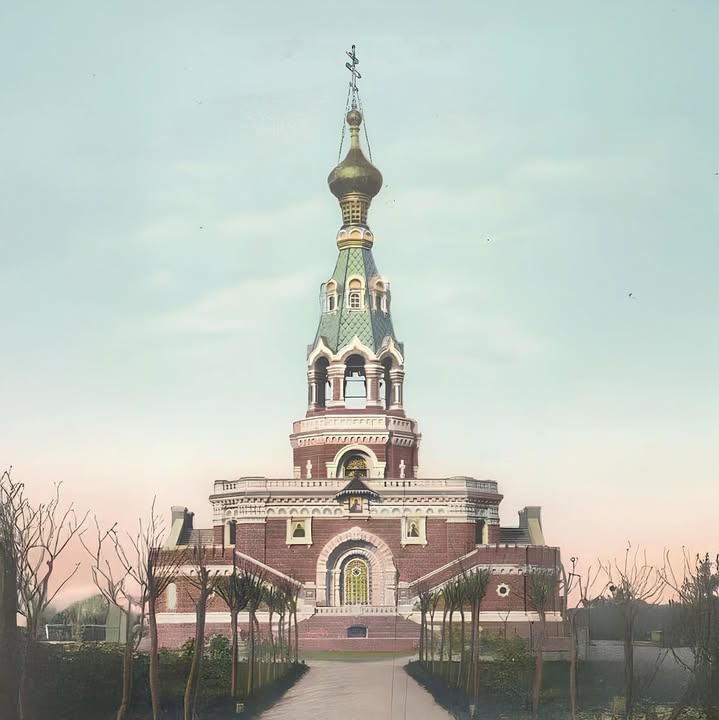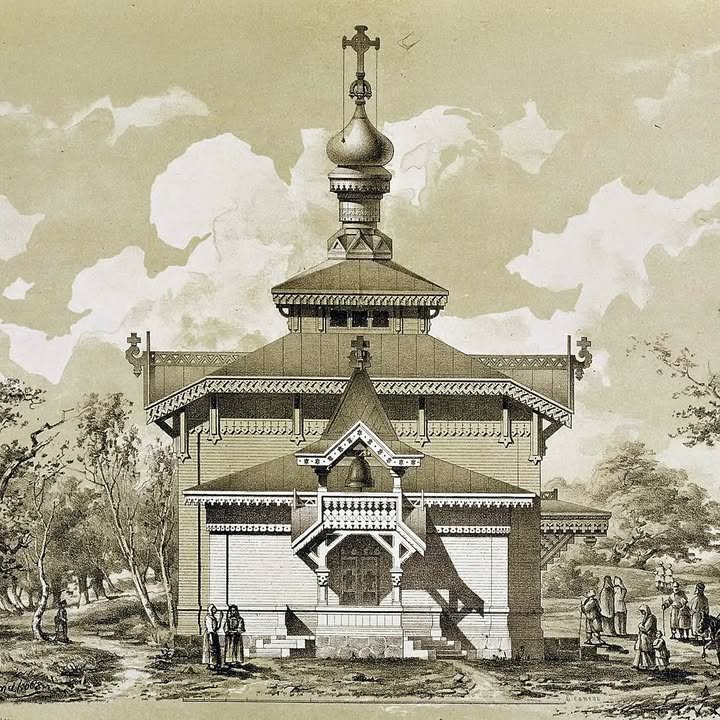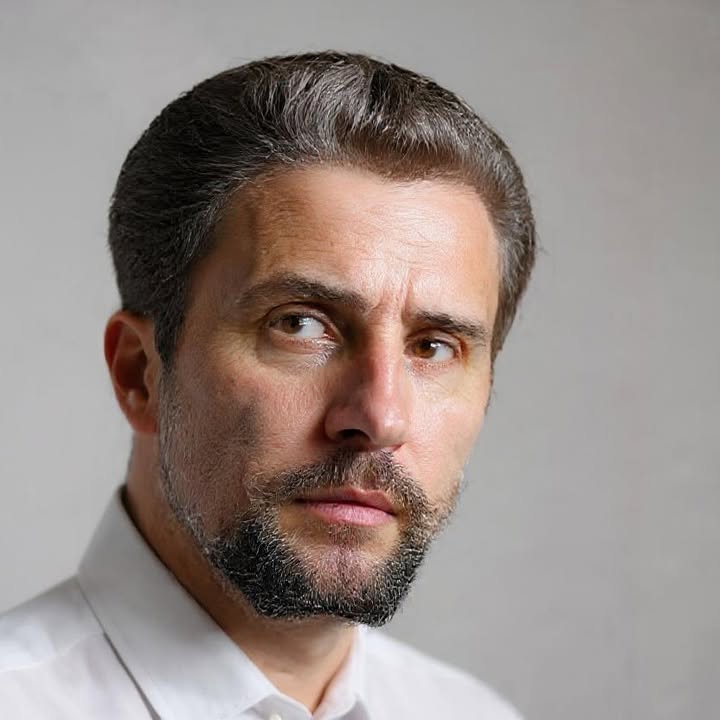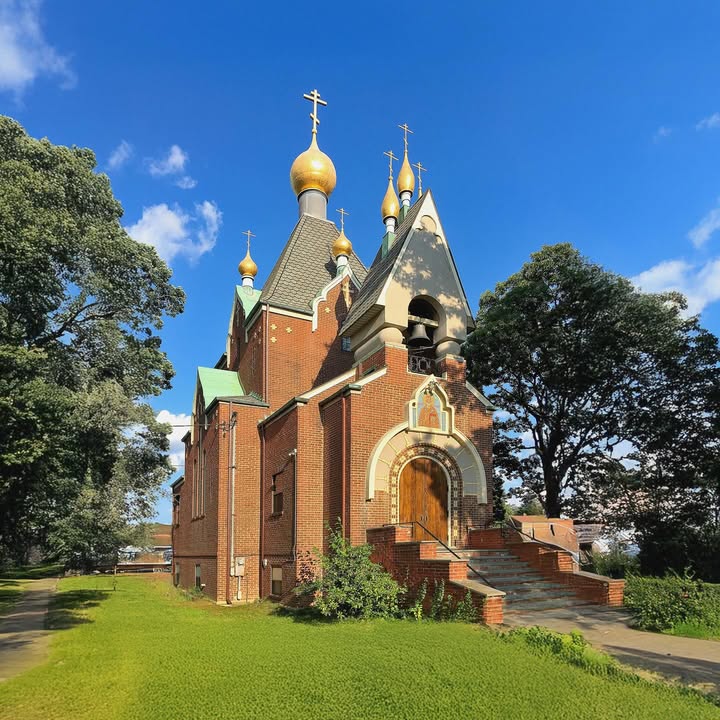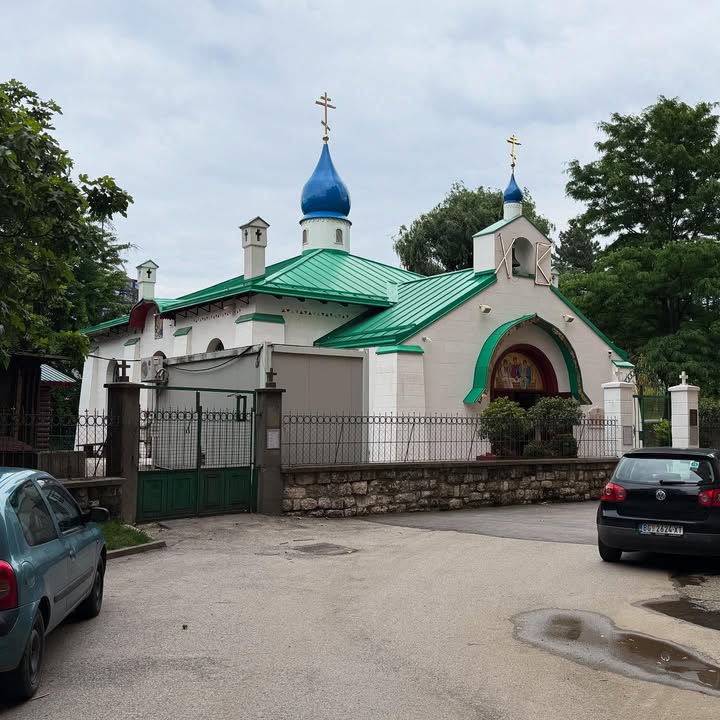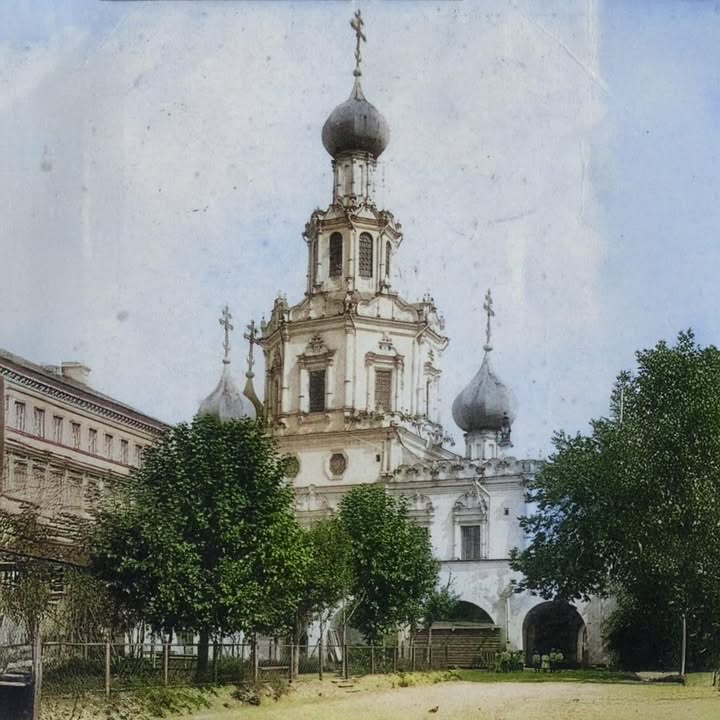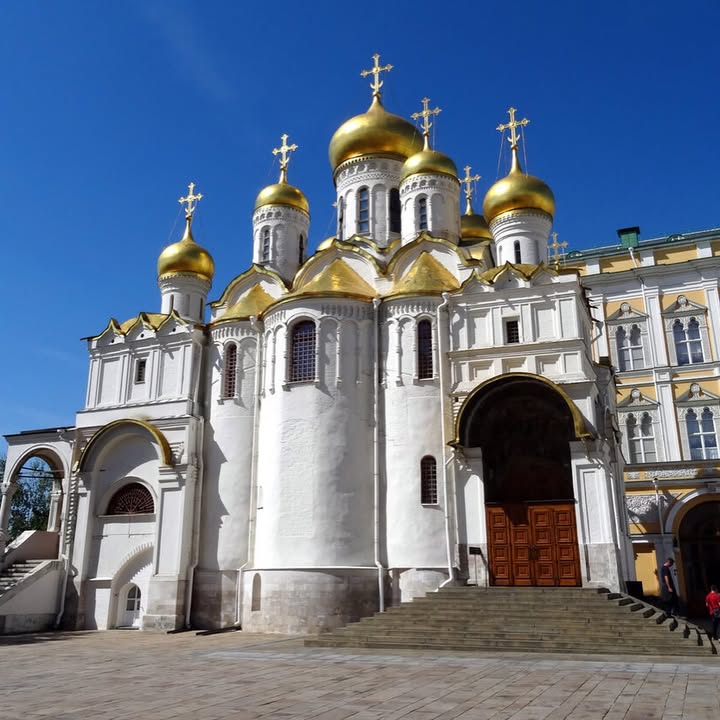A church too powerful for memory alone. That’s how locals…
A church too powerful for memory alone.
That’s how locals remembered the Russian Memorial Church in San Stefano—now a ghost of stone and silence in the dusty annals of Istanbul.
On a bright morning in 1914, a deafening boom tore through the air. When the smoke cleared, the sacred monument—once a crowned jewel of Orthodox church design—was gone. Not dismantled. Not relocated. Obliterated.
Why destroy such beauty? And why build it here in the first place, not in Saint Petersburg or Kronstadt?
Let’s rewind to March 3, 1879. Right here in San Stefano, Russia and the Ottoman Empire signed a peace treaty, ending a brutal war where even legendary names like Pirogov, Botkin, and Skliavosovsky served on the front. That victory—biting and humiliating for the Turks—paved the way for a remarkable piece of traditional church architecture.
More than 10,000 Russian soldiers and officers were laid to rest beneath this sacred structure. A two-story crypt housed their remains. Marble staircases bore inscriptions in four languages, honoring the liberation of the Balkan peoples. The church rose in proud, unmistakable Russian style—its faceted onion dome and glazed ceramic drum echoing the silhouette of Saint Basil’s Cathedral in Moscow.
Designed by the gifted architect and restorer Vladimir Suslov (whose hand gave life to the beloved St. Seraphim Church in Fedino), this was sacred architecture with a soul. A landmark not only of death and memory—but of identity.
But to the Ottoman eye, it was never a sanctuary. It was a wound. And when the empire joined World War I, the order came: erase the past. In a flash, it was gone—shattered not just in brick, but in spirit.
Some stories refuse to vanish.
#molodin #aleksandrmolodin #molodinarchitect
#OrthodoxChurchDesign #TraditionalChurchArchitecture #SacredArchitecture #ArchitecturalServices #CustomChurchDesign #ProfessionalChurchArchitect #VladimirSuslov #LostChurches #RussianArchitecturalHeritage #OrthodoxHistory



